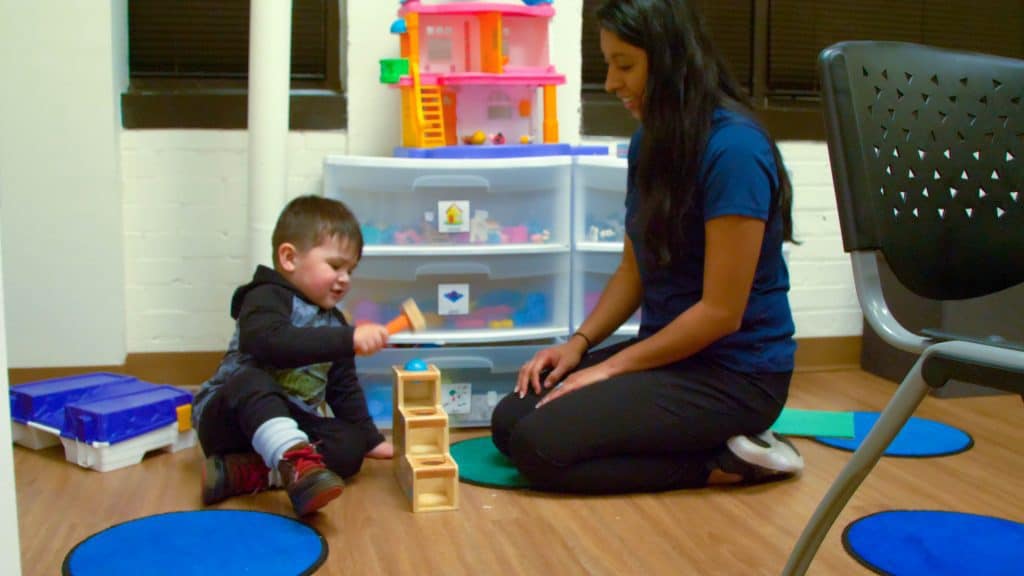By Rachel Betzen, M.A., CCC/SLP
Many of our students come to us with a list of executive functions challenges that are secondary to their speech-language delays/disorders. As defined by the Online Medical Dictionary, executive functions refer to “the cognitive process that regulates an individual’s ability to organize thoughts and activities, prioritize tasks, manage time efficiently, and make decisions. Impairment of executive function is seen in a range of disorders and learning disabilities.”
Whether these challenges present themselves as poor working memory, planning, organization, response inhibition or emotional control, each of these can have a big impact on our students’ lives – in the short term and in the long term. Language delays or disorders are closely related to their ability to be successful in school, and long term experiences of failure put these kids at high risk for getting in trouble. They are also at a higher risk of dropping out of school and having limited choices for job opportunities that may follow them throughout their lives.
So what can speech-language pathologists such as ours do to better support our students when executive function weaknesses affect their ability to keep up with their academic responsibilities? Everyone has natural strengths and weaknesses as related to executive functions. We make sure our students know and understand this. It becomes easier for them to tolerate their own challenges when students know there are other who struggle in the same way they do.
First, we learn about the child’s executive function strengths and weaknesses and how the child’s weaknesses may influence his or her behavior, as well as the child’s thoughts and beliefs about him or herself and others. Here’s a basic rundown of what the pros look at for executive functions:
| Task Initiation | Flexibility | Planning/Prioritizing |
| Organization | Working Memory | Time Management |
| Response Inhibition | Goal Directedness | Metacognition |
| Emotional Control | Persistence | Sustained Attention |
Next, we assess what weaknesses our students have and how these weaknesses are negatively affecting them in school or at home. The questionnaires we use in therapy are perfect for identifying where the child is struggling most and how that relates to his or her language weaknesses.
When further action is needed, we bring a team effort and create a seamless plan for the child’s home and school environments.
Note: Proceed to the “Executive Function – Part 2“


